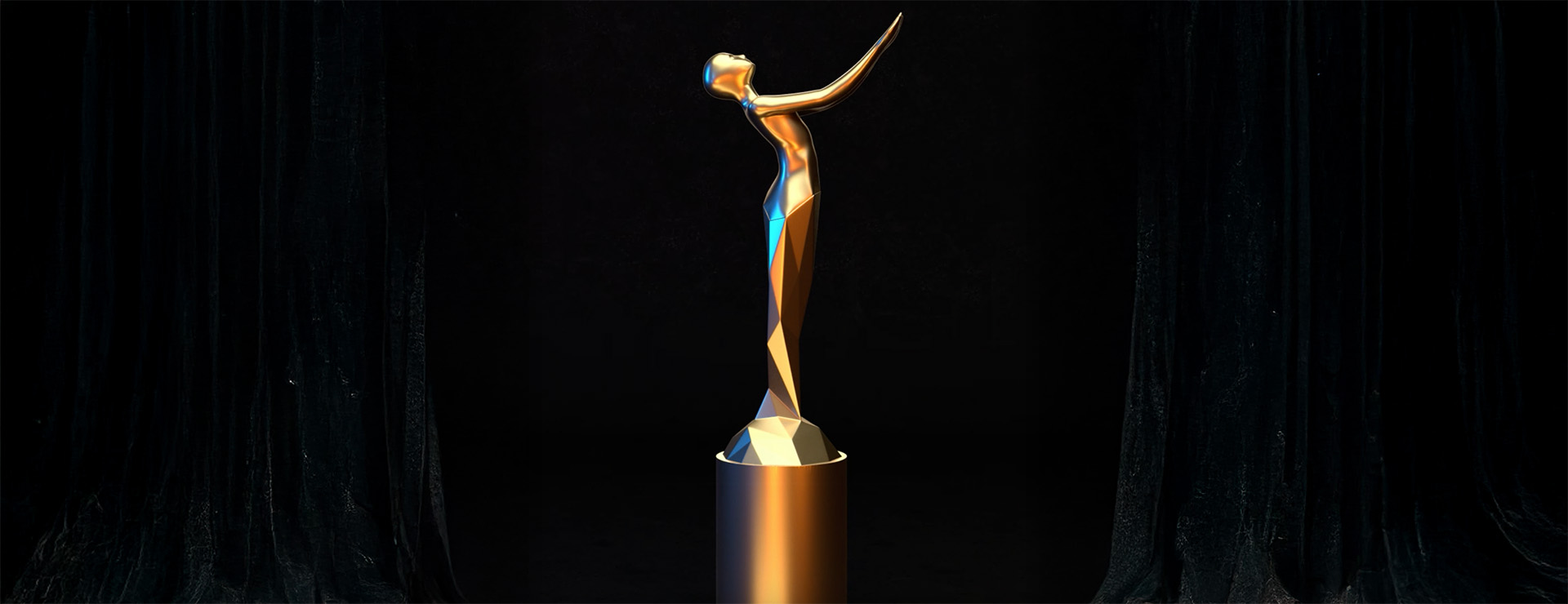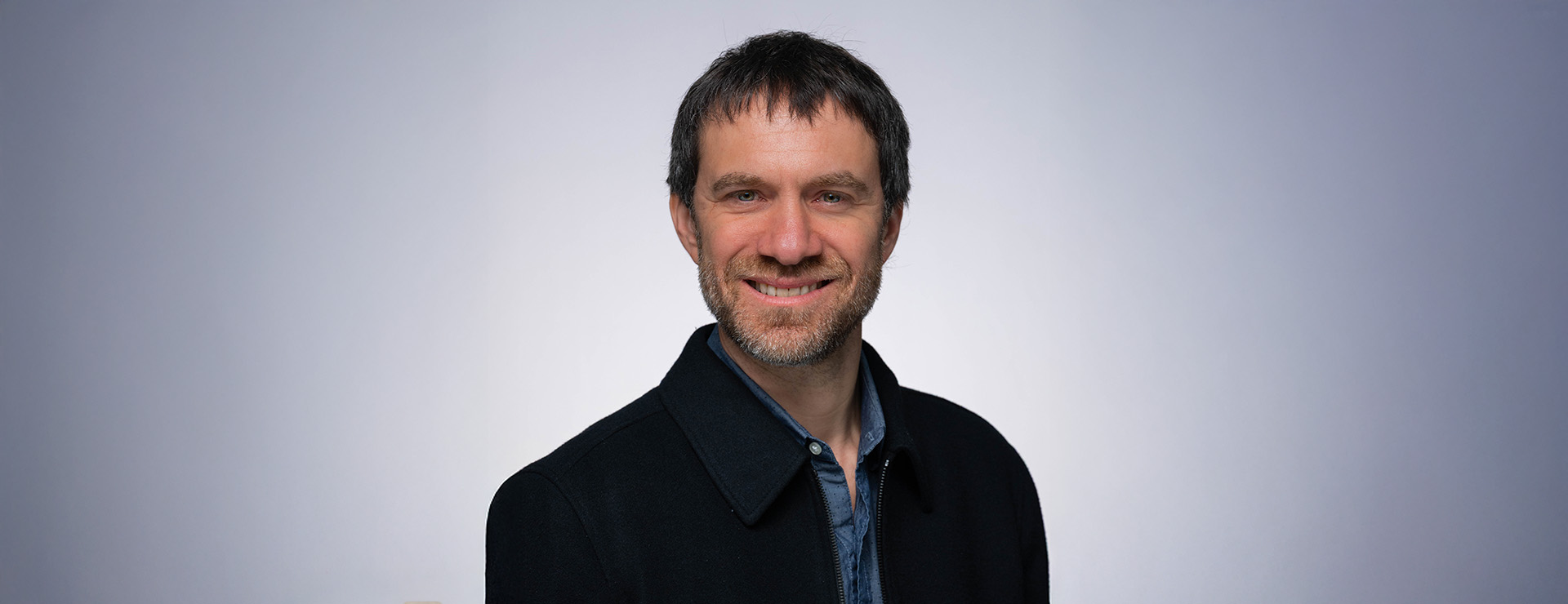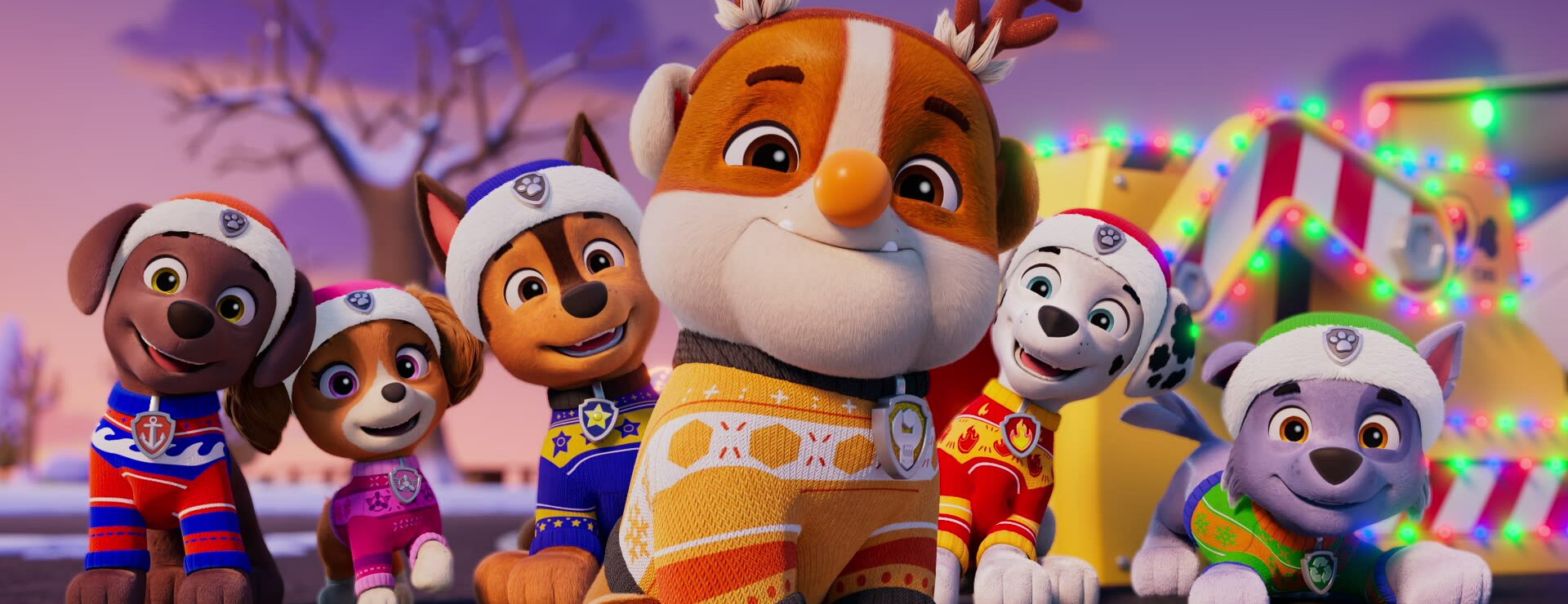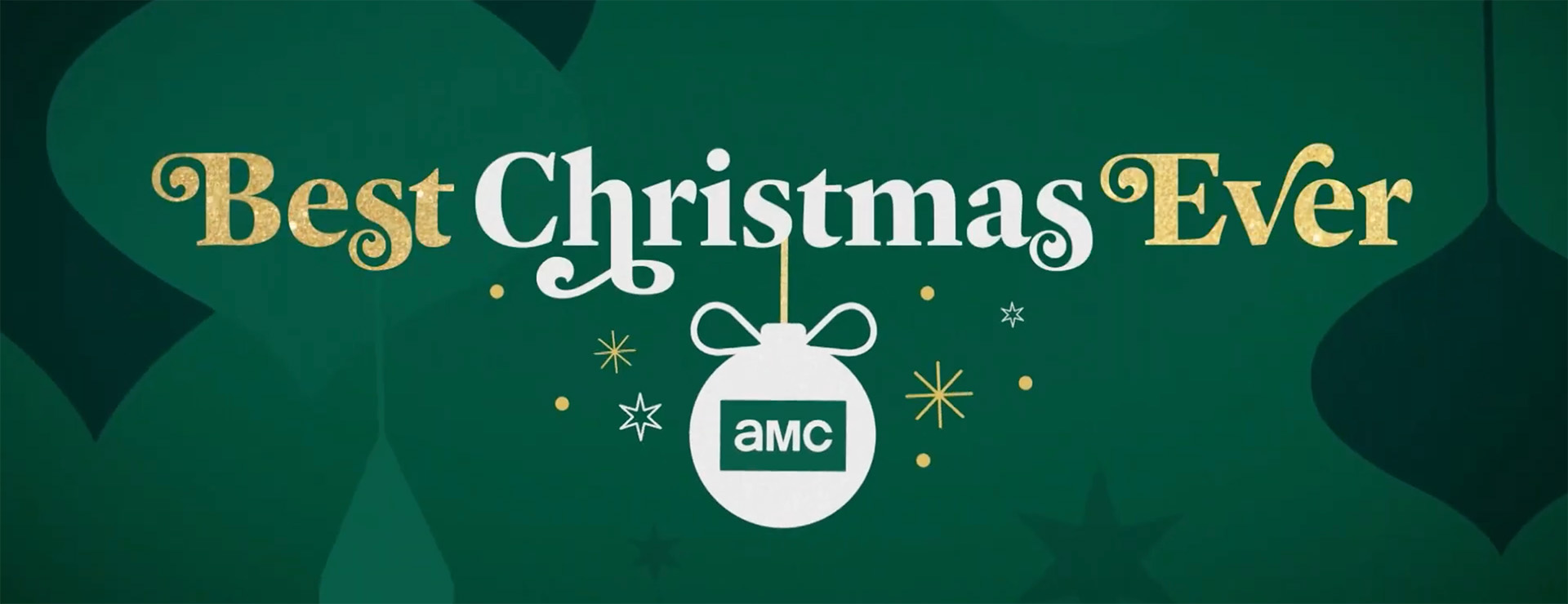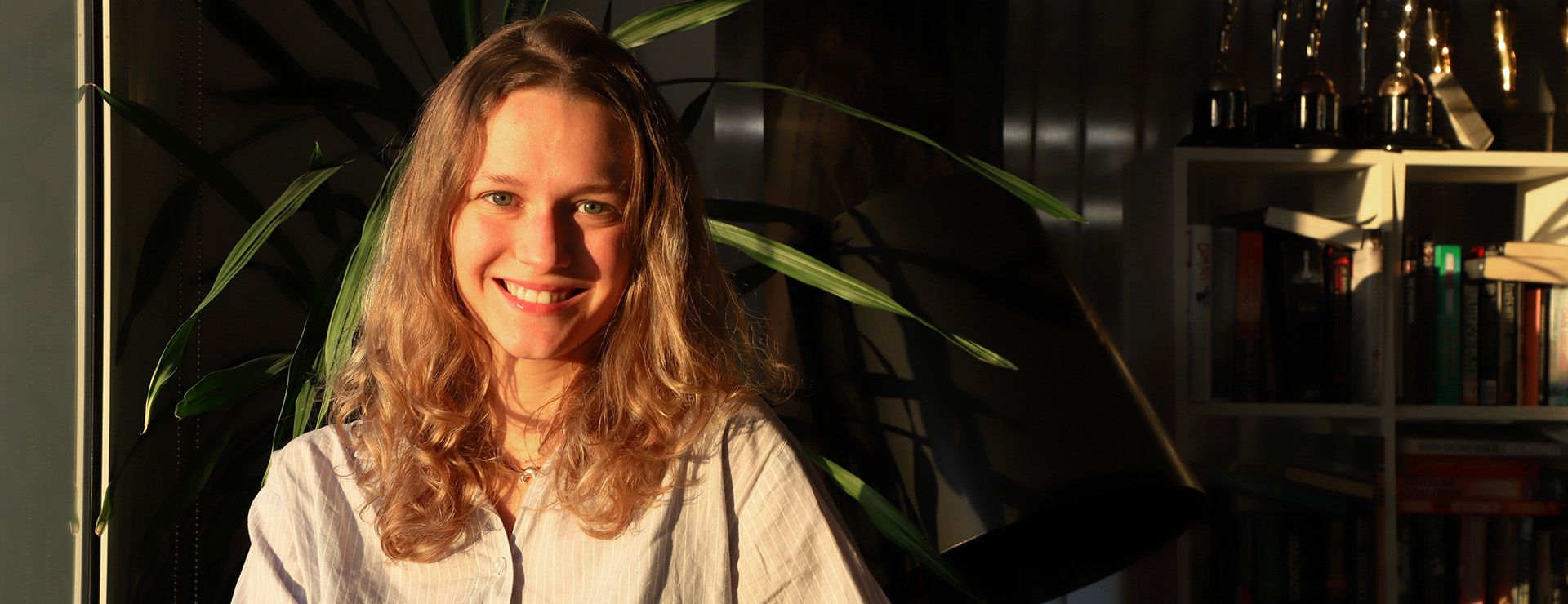Los Angeles native Oogie Lee, principal and head creative, Oog Creative, has always been an artist. And his path to becoming one professionally came pretty easily to him – he skipped from high school to LA’s Otis College of Art and Design right into a dream job at A&M Records working with artists and musicians, collaborating with them to design CD covers and campaigns.
But when the music industry – like entertainment now – was seriously disrupted, Lee was forced to make a change. He found himself working in the video game industry at agencies such as Ignited and Midnight Oil. Surprisingly, many of the principles that shaped music-industry marketing also applied to video games: namely, that a small piece of art that fit inside a box cover had two seconds or less to capture a potential buyer’s attention.
Fast forward to 2017, when Lee founded Oog Creative. He began working with Netflix and other streamers and, lo and behold, what again mattered was capturing the essence of a series or a special with one attention-grabbing piece of art that fit neatly inside a box.
Whether it’s a CD cover, video game box, series key art or app thumbnail, it’s all about boiling things down to the basics to keep consumers on board and interested. Lee calls this concept “two-second marketing” and it's a philosophy that’s kept him in good stead throughout his nearly three decades in the business.
Spotlight caught up with Lee just after he finished judging GEMA’s 2024 North America TV/Streaming Awards. The edited interview is below.
Spotlight: How did you get started in your career?
Oogie Lee: In high school, I was fairly artistic, and I didn’t know what I was going to do with those skills. When I went to Otis, they taught basic skills in your first year. They touch a little bit on different aspects of art so that you can explore the possible routes in which you can major. I decided on communications design, which is a graphic design major. I focused on music, specifically. I was really enamored by the thought of doing artwork for album covers and being in LA, this was the perfect major and the perfect speciality for me. After graduation, I made a good enough impression on one of the teachers who had a relationship at A&M Records. I fit the bill, interviewed, and got my first job.
I felt very fortunate to not only have that dream job out of school but to be getting paid what I was getting paid. Music in terms of pay relative to other entertainment was lower then, but I thought the job was fantastic. I got to work with artists like Blues Traveler, Soundgarden and Ice Cube. I was being sent to New York City by myself to run photoshoots, I was in my 20s and I couldn't even rent a car. Being given that trust was amazing. I got to do some amazing things at quite a young age.
But back then, the music industry was going through what the entertainment industry is going through now. The entire in-house department at A&M records folded and we were all left without jobs. That started my short stint at freelancing.
I had an interview with an agency that was predominantly doing video game marketing. I played video games but I didn’t give much thought to the artwork used within video game marketing. Video games were starting to get hot though. I joined agency Ignited Minds, now called Ignited, and their main client was Activision. I got to work on so many titles for them. The PlayStation 2 was just about to launch when I started working at Ignited. We were just cranking on making box art for all these games that were coming out.
It’s not unlike how things were in earlier stages of Netflix when Netflix was creating a lot of content and putting a lot of titles out. We were creating a lot of video game boxes. That process of developing what we call box art in the video game industry back then – that box cover they refer to as their key art – that serviced all of their marketing, both on the shelf and in the advertising.
That spawned this idea that became two-second marketing. It wasn’t really rocket science. We started every thumbnail sketch as literally a postage-sized thumbnail sketch. If the information came across at that size, we were on to something. The video game audience had such a short attention span, as they walked through the shelves of Best Buy and Game Stop, that you had two seconds to get their attention, communicate what that game was about and get them to figure out if they wanted to read the back of the box or not. We stripped out a lot of the clutter and organized the information in a hierarchy.
Fast forward to when we (at Oog Creative) started working with Netflix. They have algorithms that service the consumer with a number of “box arts.” We develop a lot of different ways in for the customer, creating a variety of artwork for different reasons. It was a match made in heaven when I started working on the product creative for Netflix.
Spotlight: OK, let’s backtrack a little. What inspired you to open your own agency, Oog Creative, in 2017?
Lee: I opened Oog Creative because I was at a point in my career where my clients were really working with me because of who I was and what I could offer. A lot of times, there could be layers that I felt were hindering my ability to service those clients. I felt it was necessary to start Oog Creative so that I could continue servicing clients in the way I felt needed to be done.
Spotlight: What would you say is Oog Creative’s unique selling point?
Lee: What sets Oog Creative apart from other agencies is that we give a level of service that is not tethered by budget or layers of red tape. We service our clients as if we were in-house with them in the trenches. We look at the task at hand and work with them every step of the way, going as deep or as single-minded as they want us to. We give them as much or as little support as they request. It comes down to service. I really wanted to be able to give clients my all and really understand what they need.
When creating Oog Creative, I thought ‘if the power went out and I had no way of contracting any support, could I handle it myself?’ That’s the kind of work we focus on. We started focusing on key art and box art. Most recently, we’ve expanded into trailers and motion art, but the art that focuses on that “immediacy of read” is our speciality.
Spotlight: How have you found that your experience working in music and video game marketing has translated to overall entertainment marketing?
Lee: I started in music in 1995 when music was distributed in CD form. I just missed the LP era when they had this much larger canvas to work with. In 1995, everything was a very small square. I was very fond of that mentality. It’s the most challenging composition in all of graphic design
Video games are the same thing. When they moved to PS3 and Xbox, the format got quite square. And then Instagram came along. Everything on our website is a feed from Instagram so we focus on that square. It’s a relic of how I was raised in terms of visual communication. If you can make it work in that small space, it will work in a larger space.
Everything is melding together in a lot of ways. Consumer behavior is really driving the way these interfaces are evolving. It’s about getting people’s attention, servicing what they want to see, keeping their attention, and not making them work too hard to find what they are looking for.
It was quite the statement years ago when we were saying you need two seconds to capture someone’s attention. Fast forward, one of the heads of Netflix went on the record saying how the consumer has 1.87 seconds of attention. At least we were on to something with the two-second marketing.
Spotlight: How do you feel about the way artificial intelligence (AI) is being used in the industry today?
My view is that AI is a tool. I don’t think it will ever replace the mind. It will be always in service of the mind putting in the queries. I’ve always said this silly statement of it’s always going to require a monkey to push the button. On our end we have to be the smartest monkey so we can stay competitive. We have to learn to utilize it just like any other tool.
That’s not to say I agree with AI using actors’ or actresses’ voices, that to me is plagiarism -- somebody’s look or their voice is their brand. To infiltrate on that, that’s a sin. For someone at a studio or anyone to cut out somebody’s fee because they can generate their voice and likeness through AI, I think that’s wrong.
Spotlight: Switching gears a bit, what led you to serve as a juror on GEMA’s 2024 North America TV/Streaming Awards?
I’ve had a relationship with [GEMA predecessor] Promax since 2003, so it’s been about 20 years. When they did the Game Marketing Awards, which was an offshoot of Promax, I had a big hand in that. There’s a few of those trophies in that case behind me. I’ve always been related to the team at GEMA, I’ve never lost touch.
Spotlight: Did any current trends in design stand out to you while you were judging this year’s awards?
The one thing that stood out to me – and this could just be not just what I saw specific to GEMA but just in general – is the use of illustration. I’m seeing that a little bit more than I’ve seen in years past, and I appreciate it, knowing the work that goes into it. Some of the key art that I’ve been seeing and that has been floating to the top, is not just photo-based when it could easily have been. You have to take time to commission an artist to create a piece that harkens to a period, and creates something more artistic to evoke more emotion. As an artist, I have a great appreciation for when people do that.
See what Lee’s talking about and who leaves the Peacock Theater with Gold at GEMA’s 2024 TV/Streaming Awards across the North America, Global, Latin America and Local competitions. Register here to join us on Thursday, October 17 for the show and the after-party at nearby Lucky Strike!






